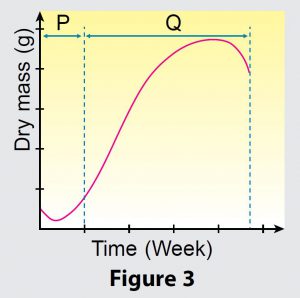Figure 3 shows a growth curve of a plant which lives in a temperate climate.

(a) Identify the type of plant and state an example of a plant that has the same growth curve in Figure 3.
(b) Why is there a difference in the shape of the growth curve in weeks P and Q?
(c) Figure 4 shows the stages of growth in a eudicot stem.

(i) Name tissue Z.
(ii) Explain the development of tissue Z from stage K to stage L.
(iii) Predict what would happen to the plant if tissue Z is not formed.
Answer:
(a)
Annual plants e.g. watermelon
(b)
P: The dry mass decreases because food stored in cotyledon is used for germination before the leaves emerge to carry photosynthesis.
Q: There is increase in dry mass. The rate of growth increases rapidly. This is because the plant has carried out photosynthesis.
(c)(i)
Tissue Z is vascular cambium.
(c)(ii)
Vascular cambium actively divides through mitosis. Vascular cambium cells combine to form a complete ring.
(c)(iii)
The plant will not be able to undergo secondary growth. There will be no formation of secondary xylem and phloem. The diameter of the stem does not increase. Plants cannot get mechanical support and will have a short lifespan.